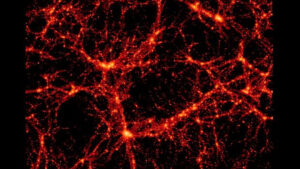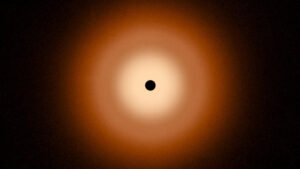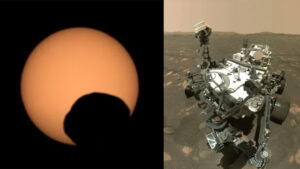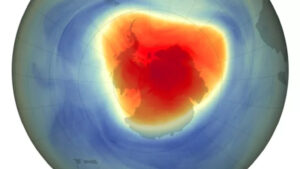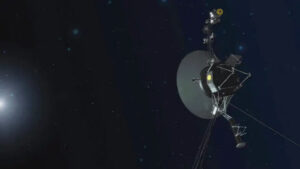Science
The Webb Telescope spots a perfect circle around Vega, leaving astronomers baffled
PUBLISHED NOV 1 2024, 11:48am EDT
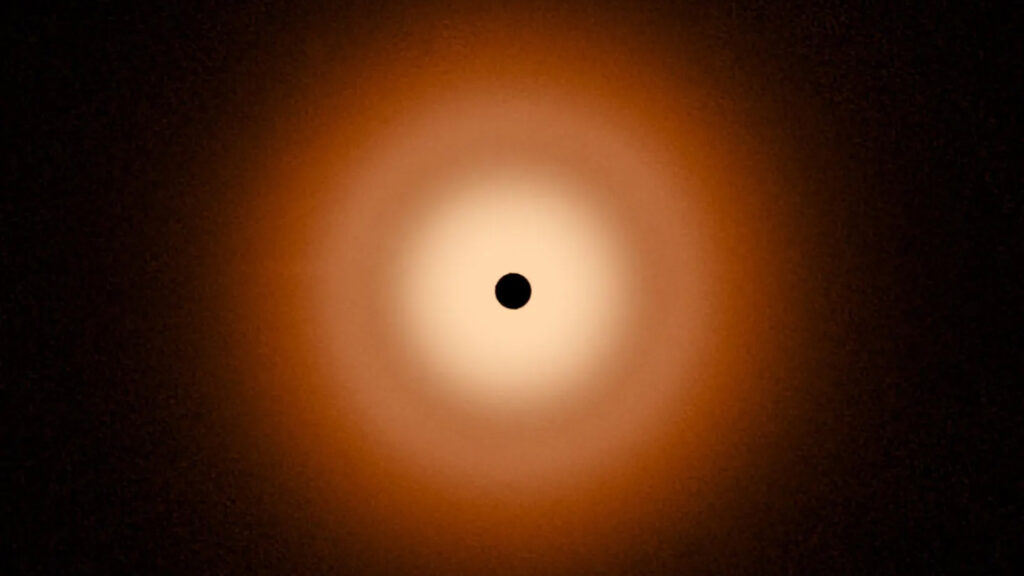
New research shows no evidence of giant planets around Vega, one of the brightest and most studied stars in the night sky. Using data from the Hubble and James Webb Space Telescopes, astronomers from the University of Arizona examined a debris disk about 100 billion miles across surrounding Vega. The disk’s perfectly smooth, circular structure suggests no planets, which is perplexing for astronomers.
Vega’s Unusually Smooth Disk
Located just 25 light-years away, Vega is 455 million years old—much younger than our Sun but about 40 times brighter. Its unique, smooth debris disk challenges typical planet formation theories. “The Vega disk is smooth, ridiculously smooth,” remarked Andras Gáspár, a researcher on the team. Unlike other circumstellar disks, which usually show irregularities hinting at planet formation, Vega’s disk remains pristine.
Vega has long been the subject of scientific interest. It was the first star besides the Sun to be photographed in 1850 and was the focus of the earliest spectrographic image in 1872. In 2021, a decade-long study suggested a possible “hot Neptune” planet near Vega, but these latest observations from the Webb telescope contradict that finding.
Rethinking Planet Formation
Vega’s disk, in contrast to our solar system, might require astronomers to rethink planet formation models, says Kate Su, lead author of a new paper in The Astrophysical Journal. Su previously identified a possible large asteroid belt around Vega, which had hinted at the existence of planets.
Comparing Vega to Fomalhaut
A similar star, Fomalhaut, located about 25 light-years away, is almost the same age as Vega but has three debris belts, indicating it likely hosts planets. “The same physics should apply to both stars,” said Schuyler Wolff, lead author of another paper. “So, is it the circumstellar environment or the star itself that makes the difference?”
How to Spot Vega Tonight
You can see Vega in the constellation Lyra, currently visible in the western sky just after sunset. It’s the lowest point of the Summer Triangle, alongside Deneb in Cygnus and Altair in Aquila, with the Milky Way running through this formation.
Interestingly, Vega is a past and future “North Star” due to Earth’s axial precession, which causes a slight wobble. Polaris is our current pole star, but Vega was the North Star around 12,000 B.C. and will take that role again around 13,700 A.D.
Clear skies and happy stargazing!
Science
Advertise With Us
BVD Newsletters
Sign up for free newsletters and get more BVD delivered to your inbox
Get this delivered to your inbox, and more info about our products and services.
© 2024 BVD LLC. All Rights Reserved.
Data is a real-time snapshot *Data is delayed at least 15 minutes. Global Business and Financial News, Stock Quotes, and Market Data and Analysis.
Market Data Terms of Use and Disclaimers
Data also provided by REFINITY

